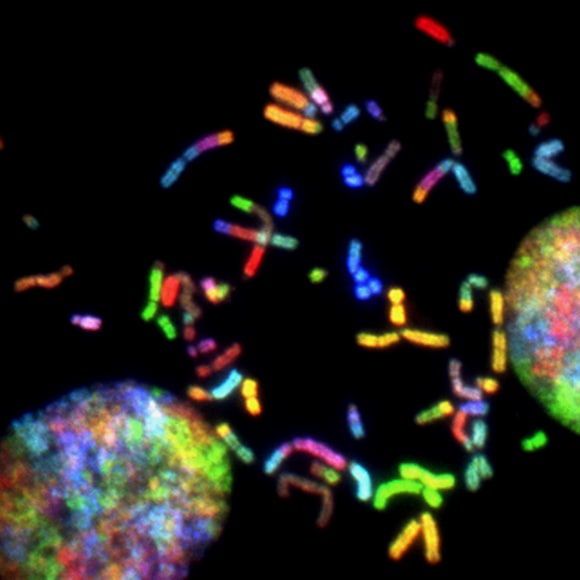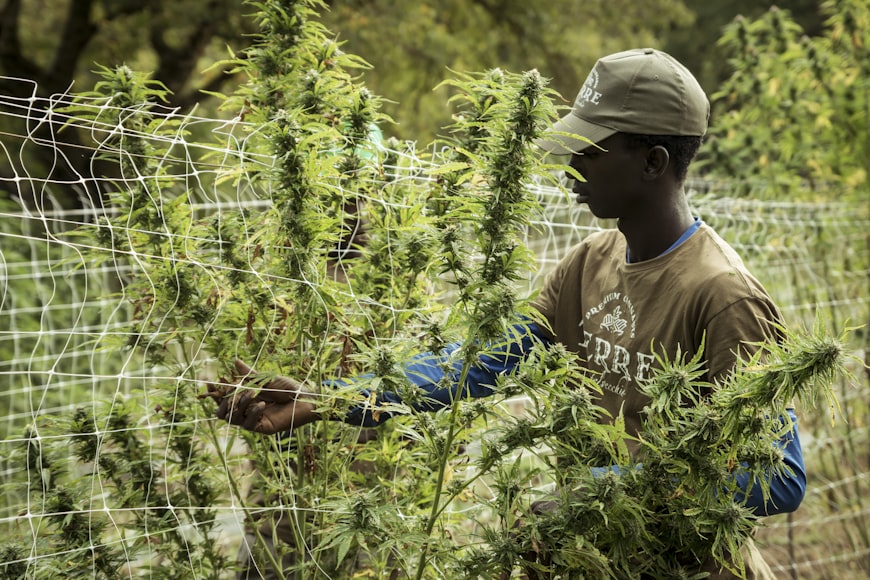Opioid addiction is a serious and growing problem in many parts of the world. In recent years, there has been increasing interest in the use of cannabis as a potential treatment for opioid addiction. While research in this area is still limited, there is some evidence to suggest that cannabis could be beneficial in helping people to overcome opioid addiction.
What is Opioid Addiction?
Opioid addiction is a chronic condition that can be difficult to overcome. It is characterized by a physical and psychological dependence on opioids, which can include prescription painkillers like oxycodone and fentanyl, as well as illicit drugs like heroin. Opioid addiction can cause a range of negative effects on a person’s health and well-being, including increased risk of overdose, depression, anxiety, and social isolation.
How Can Cannabis Help?
There are several potential benefits to using cannabis to treat opioid addiction. One of the main benefits is that cannabis can help to reduce the severity of withdrawal symptoms that occur when a person stops using opioids. Withdrawal symptoms can include nausea, vomiting, diarrhea, muscle aches, and anxiety. Cannabis has been shown to have anti-nausea and anti-anxiety effects, which can help to ease these symptoms and make the withdrawal process more manageable.
In addition to easing withdrawal symptoms, cannabis may also help to reduce the risk of relapse in people recovering from opioid addiction. This is because cannabis can help to reduce cravings for opioids and can also provide pain relief, which can be particularly beneficial for people who originally started using opioids to manage chronic pain.
Another potential benefit of using cannabis to treat opioid addiction is that it is generally considered to be safer than opioids. While cannabis does have some potential risks and side effects, they are generally less severe than the risks associated with opioids, which can include overdose, respiratory depression, and addiction.
What Does the Research Say?
While there is still much to learn about the potential benefits of using cannabis to treat opioid addiction, there is some evidence to suggest that it could be an effective treatment option. A 2018 study published in the Journal of Psychopharmacology found that cannabis use was associated with reduced opioid use in people with chronic pain. Another study published in the Harm Reduction Journal in 2018 found that cannabis use was associated with reduced opioid use and improved quality of life in people with opioid addiction.
Conclusion
Overall, while more research is needed to fully understand the potential benefits and risks of using cannabis to treat opioid addiction, there is some evidence to suggest that it could be a helpful treatment option for people struggling with opioid addiction. By easing withdrawal symptoms, reducing cravings, and providing pain relief, cannabis could be an important tool in helping people to overcome opioid addiction and regain their health and well-being.











